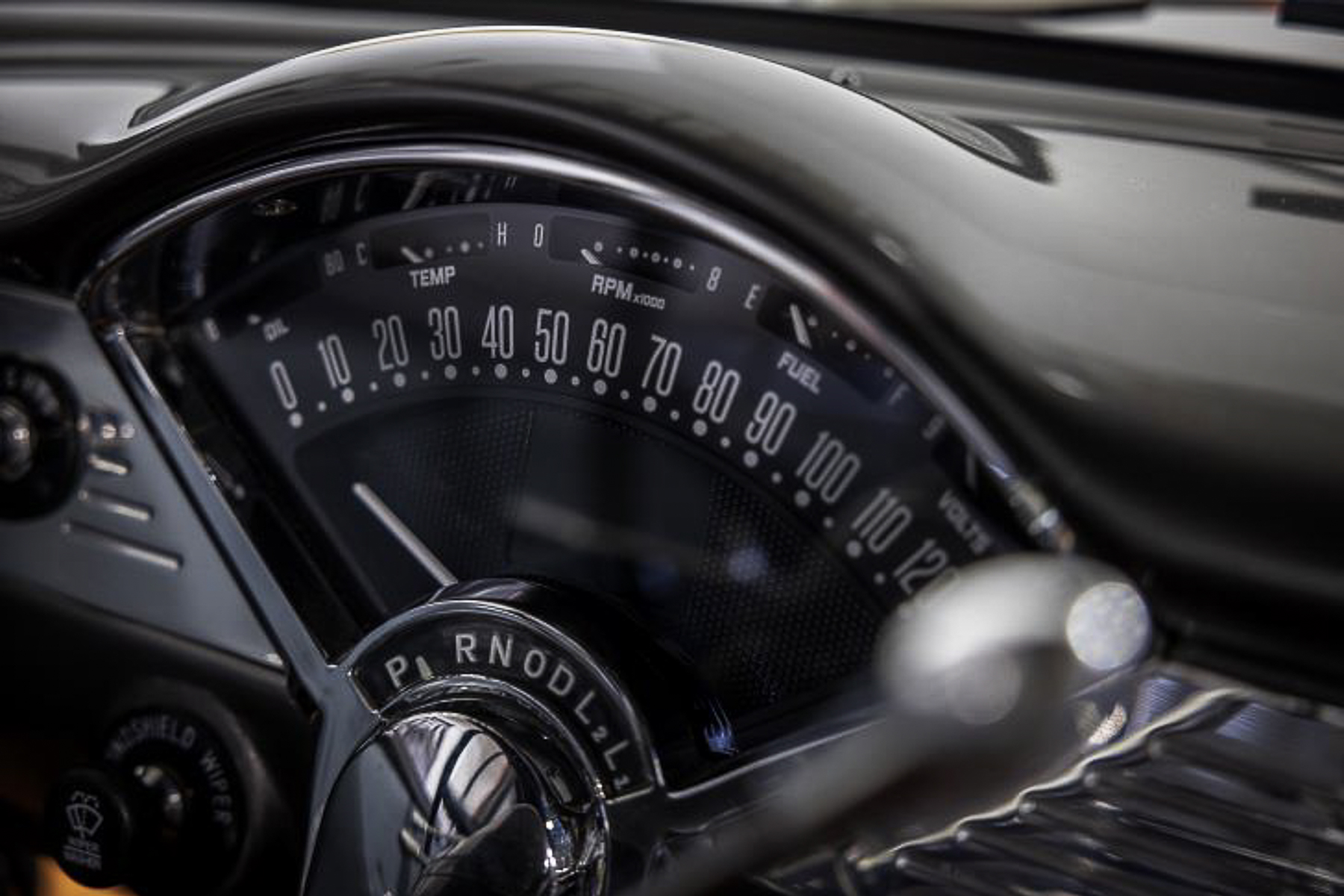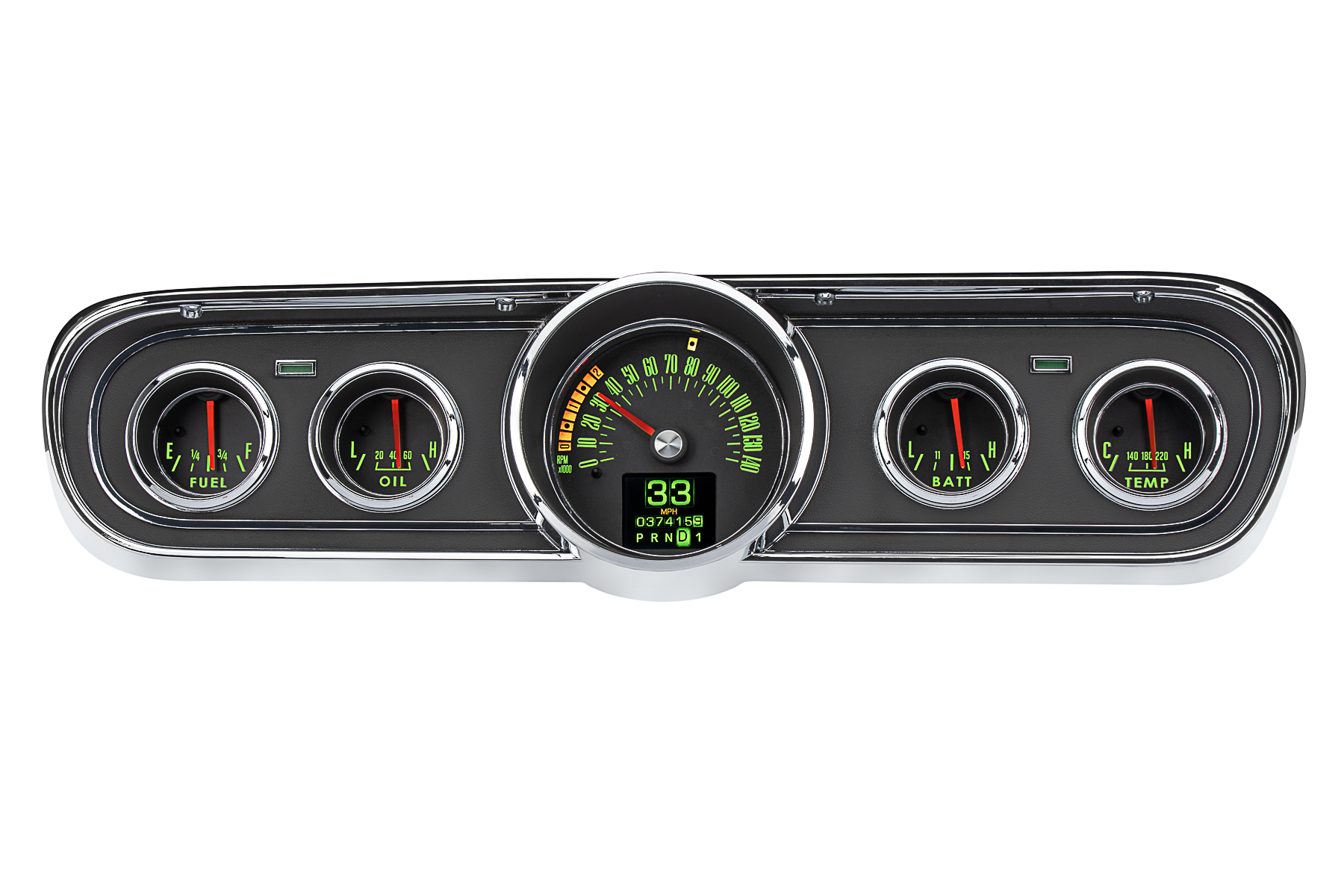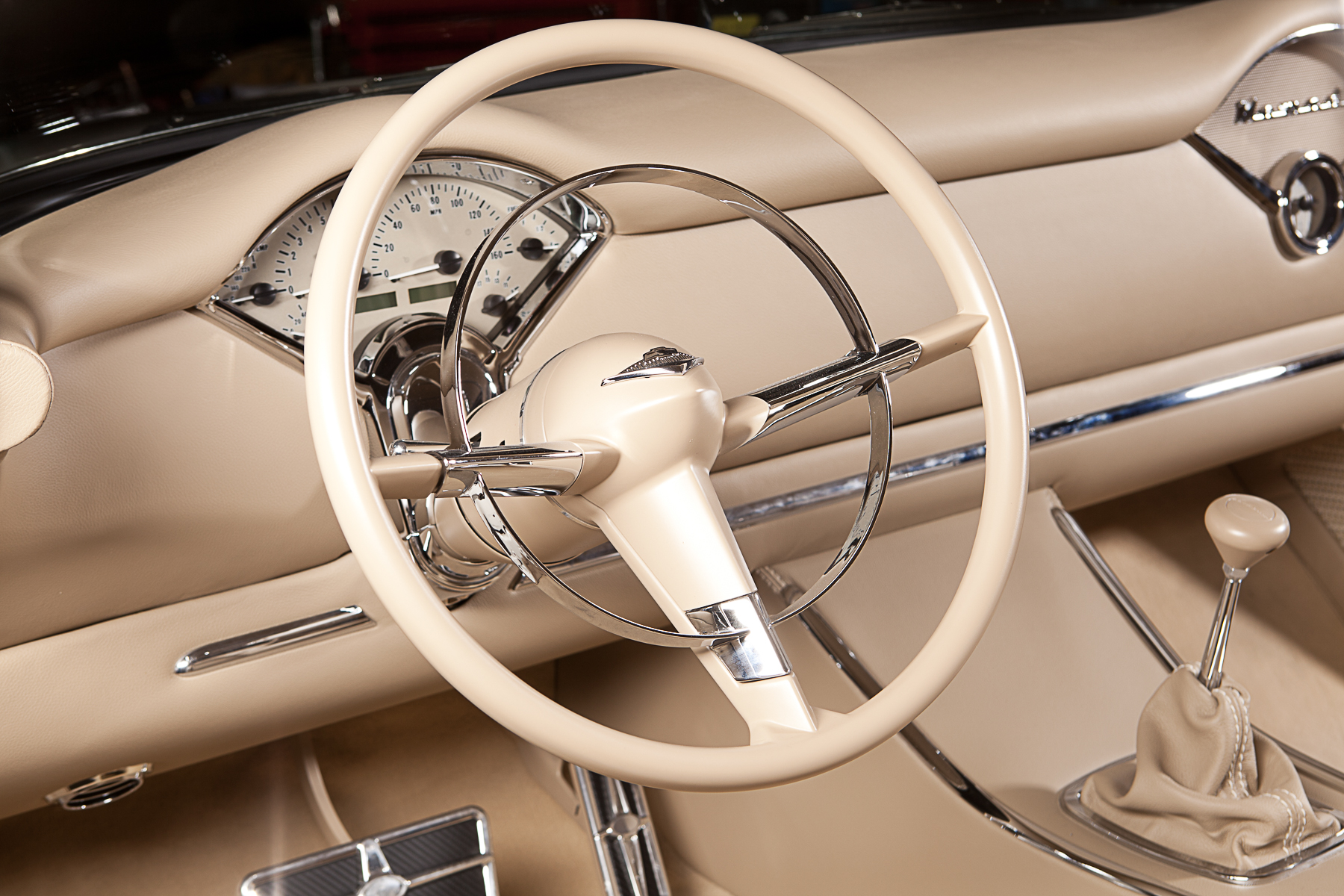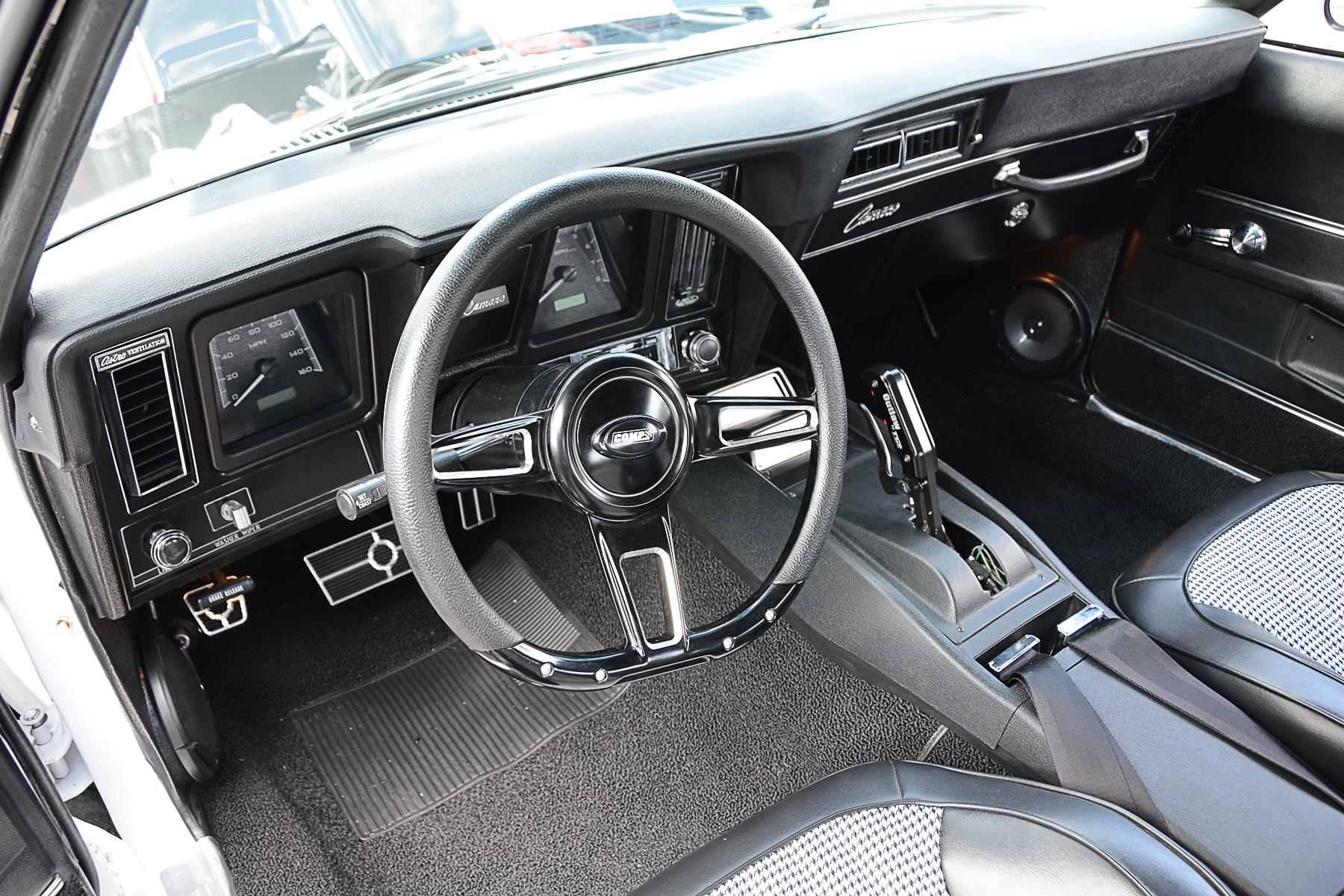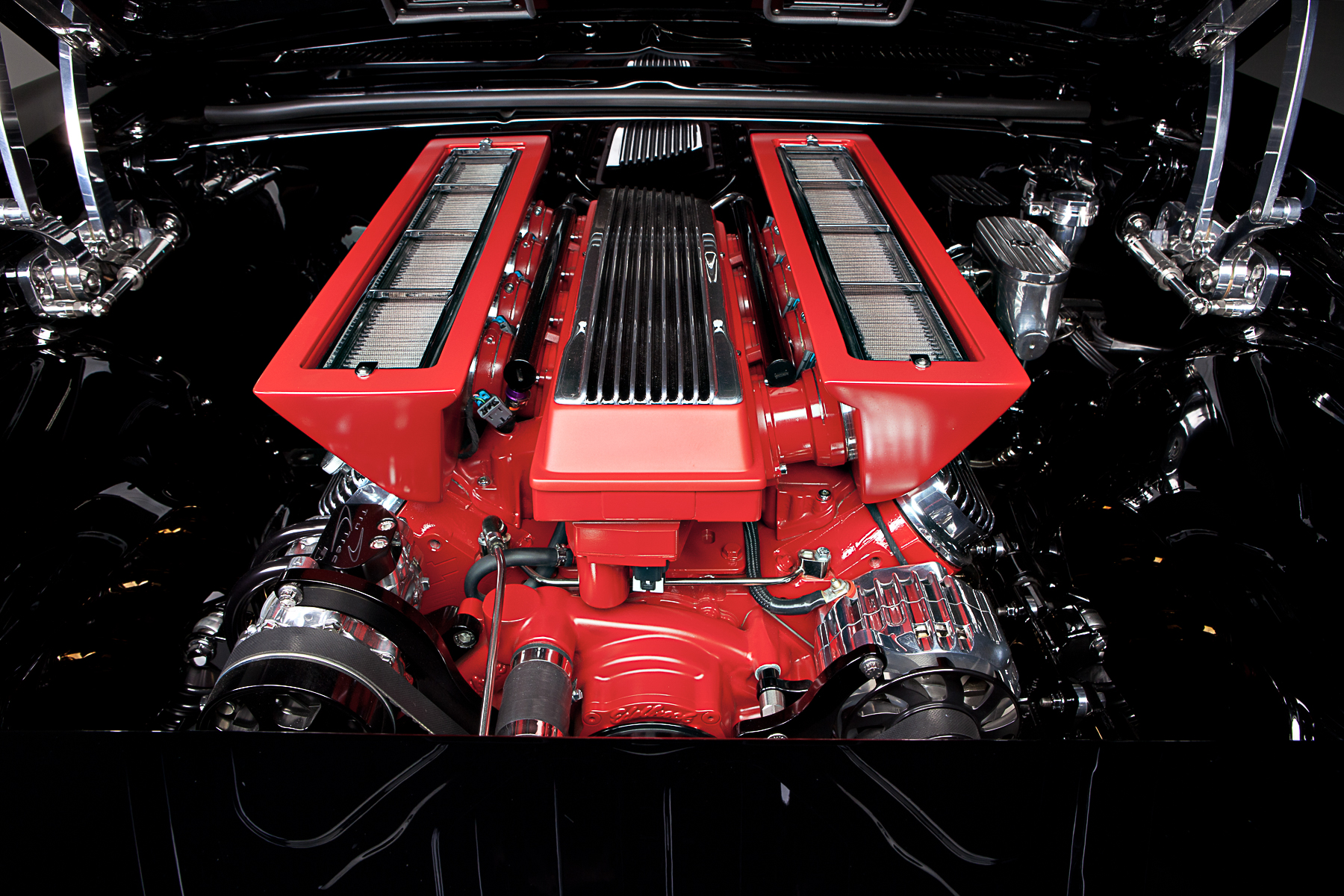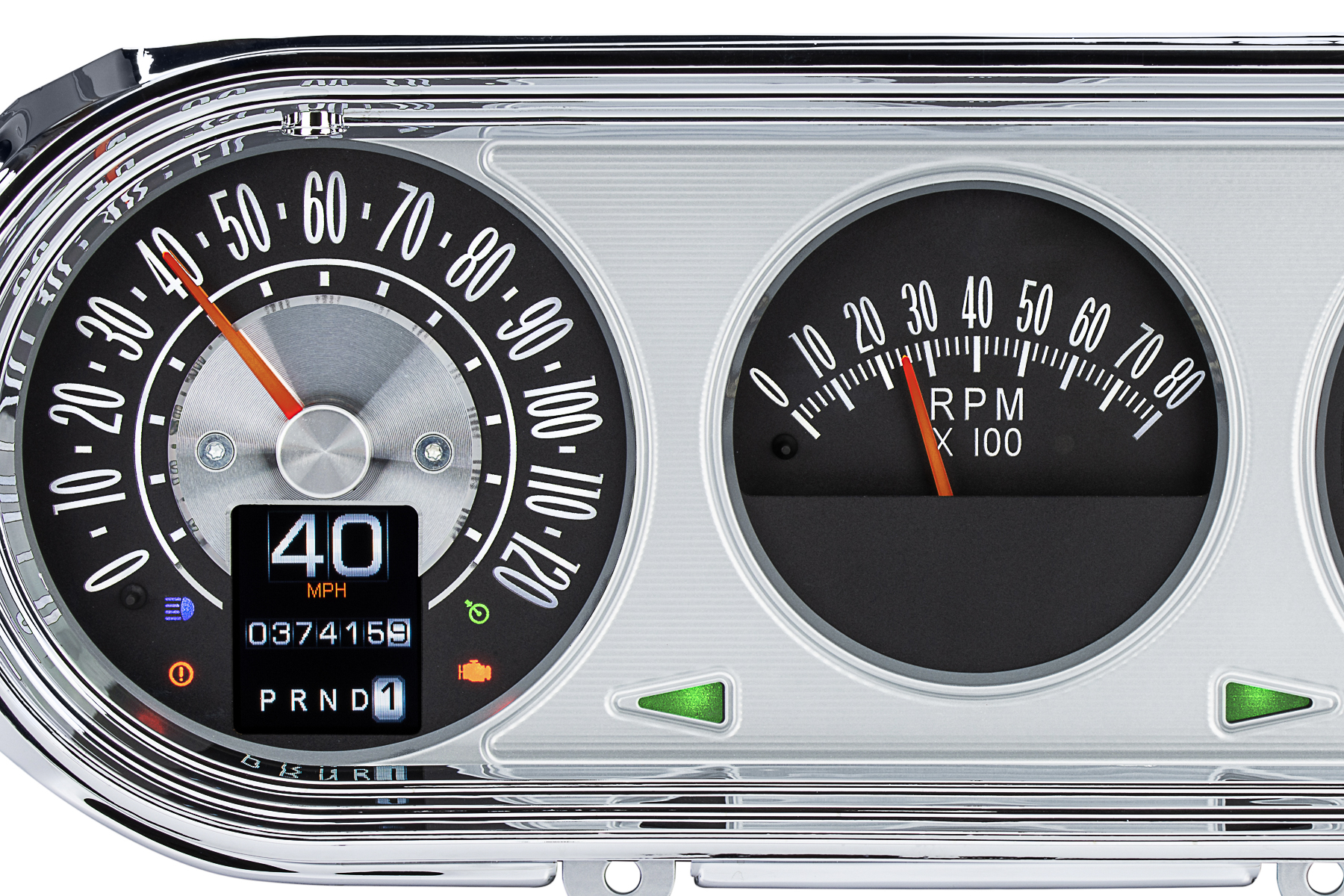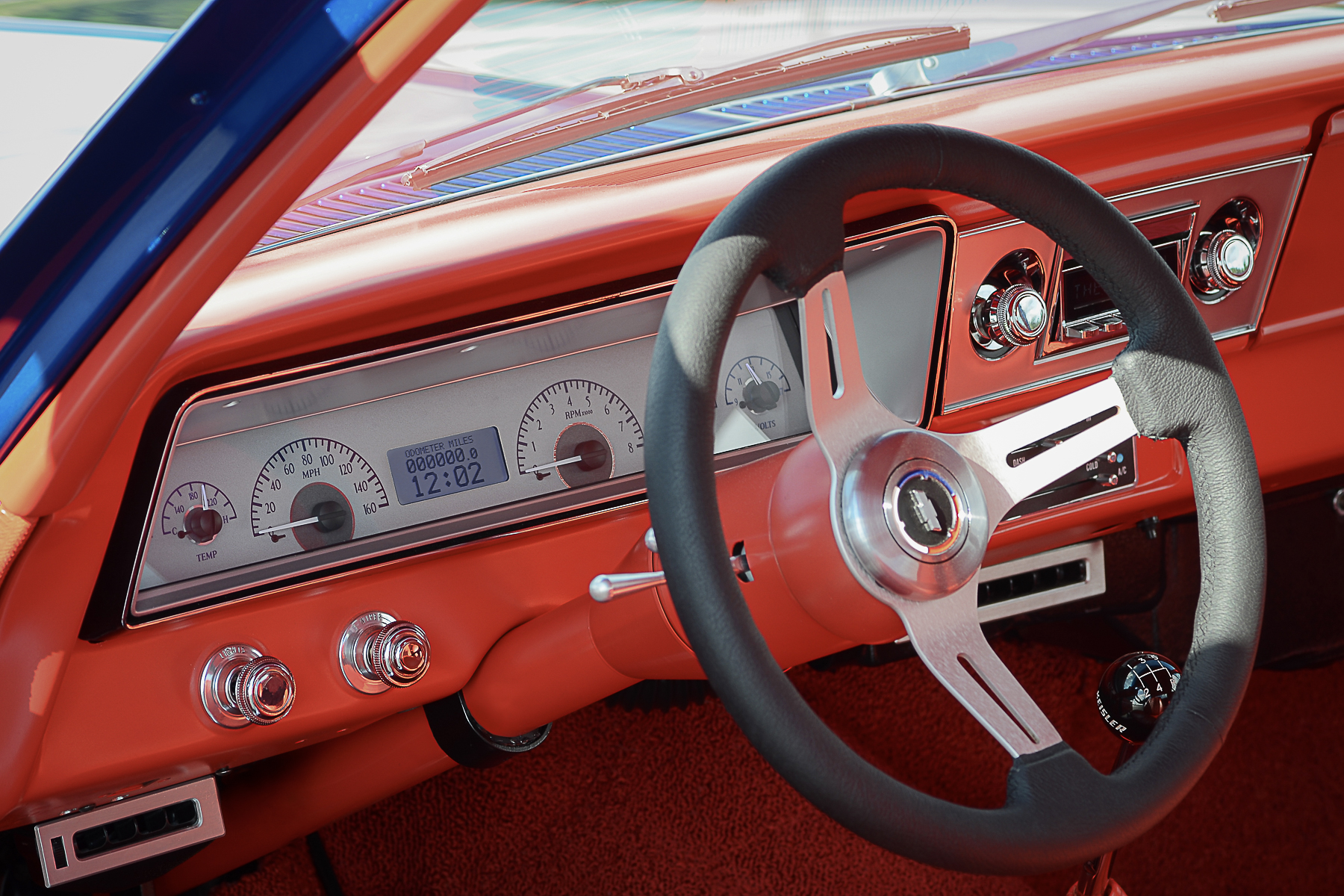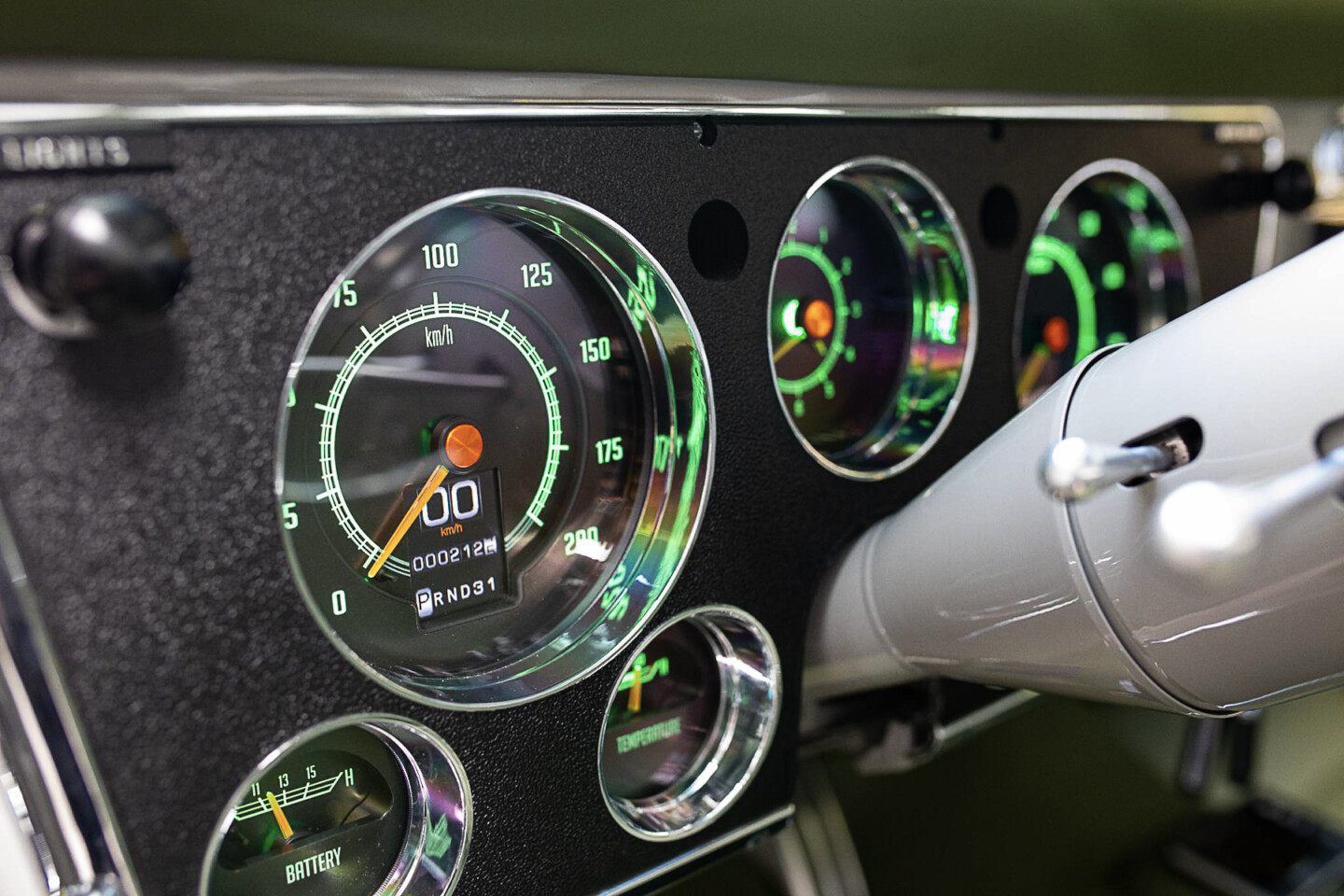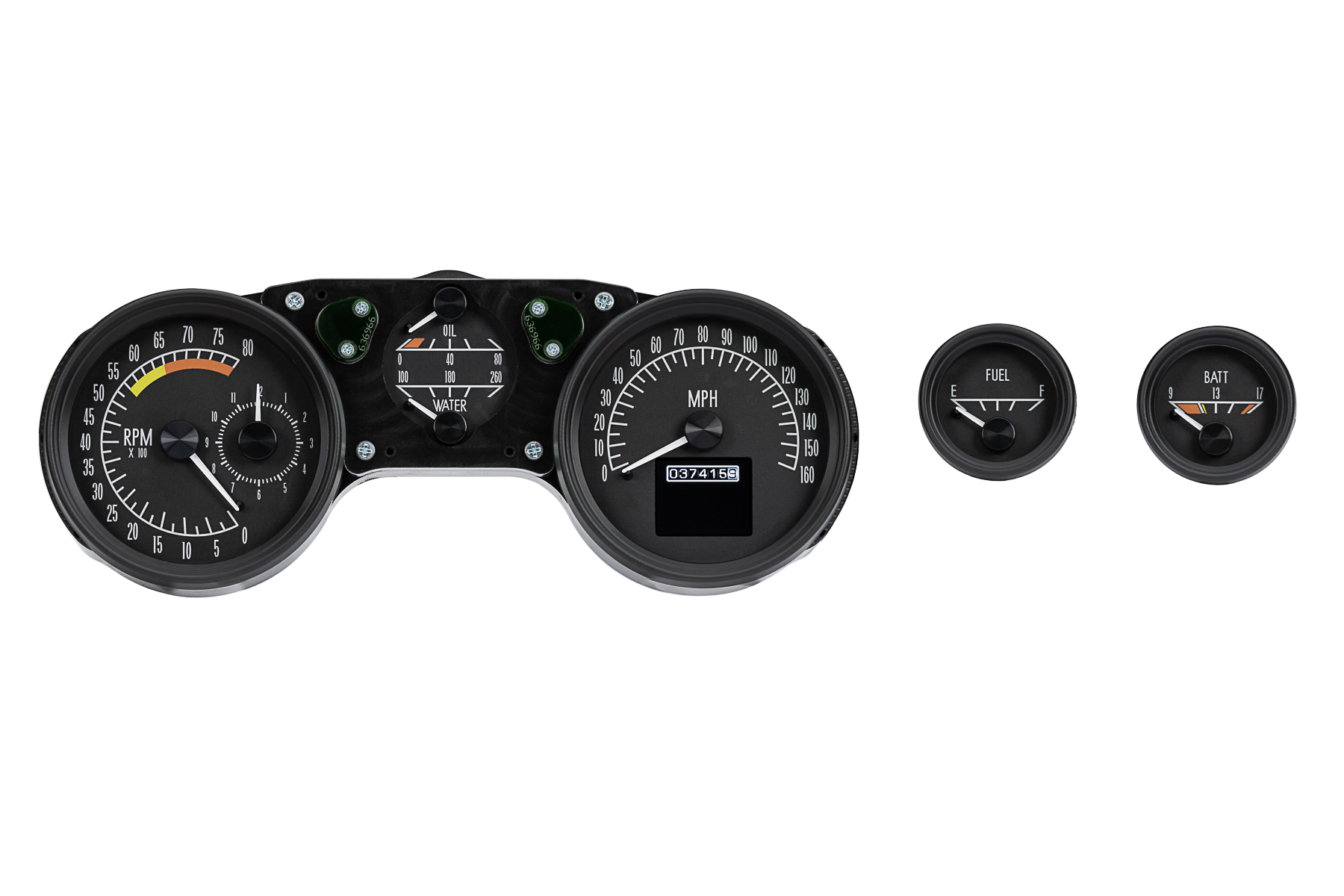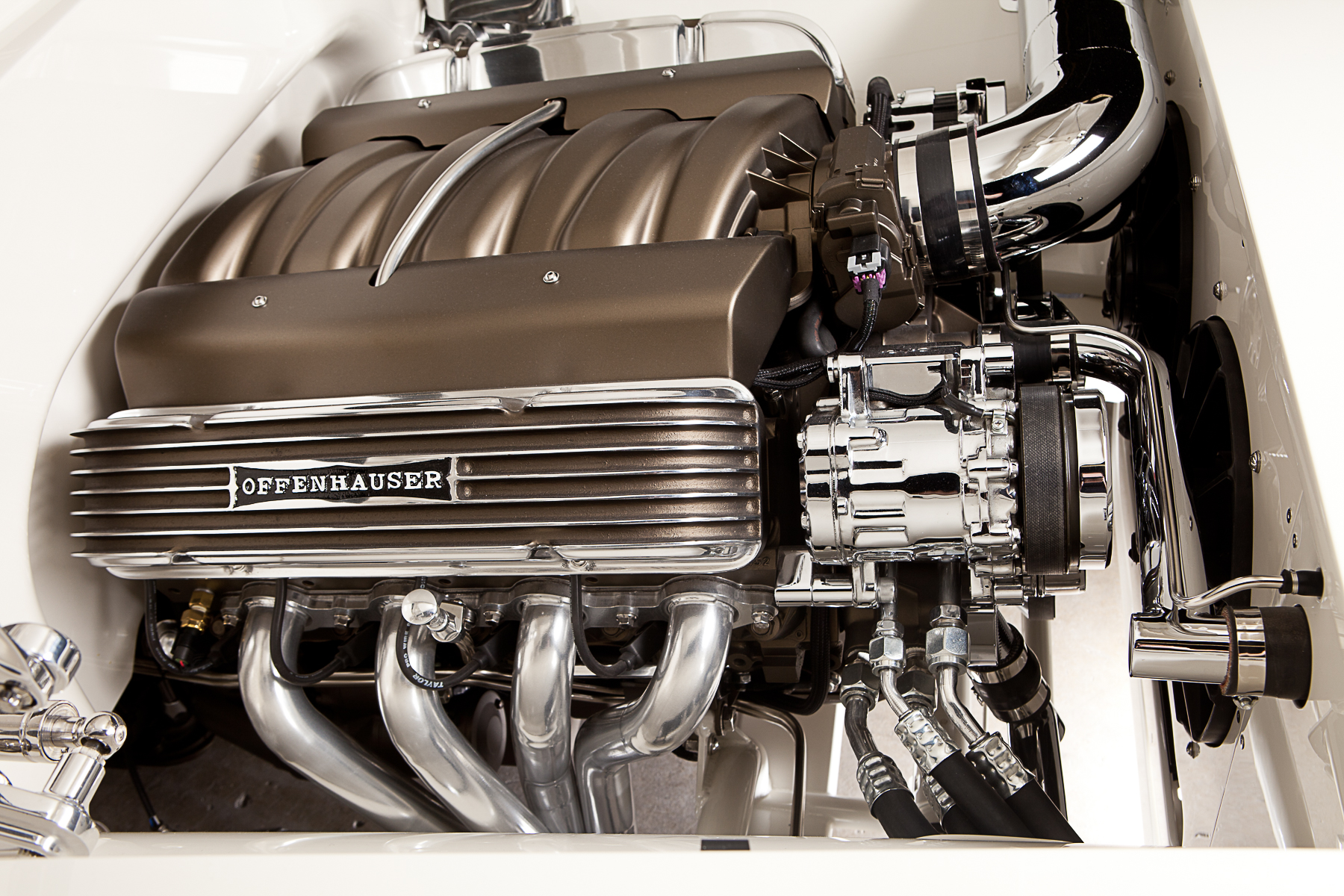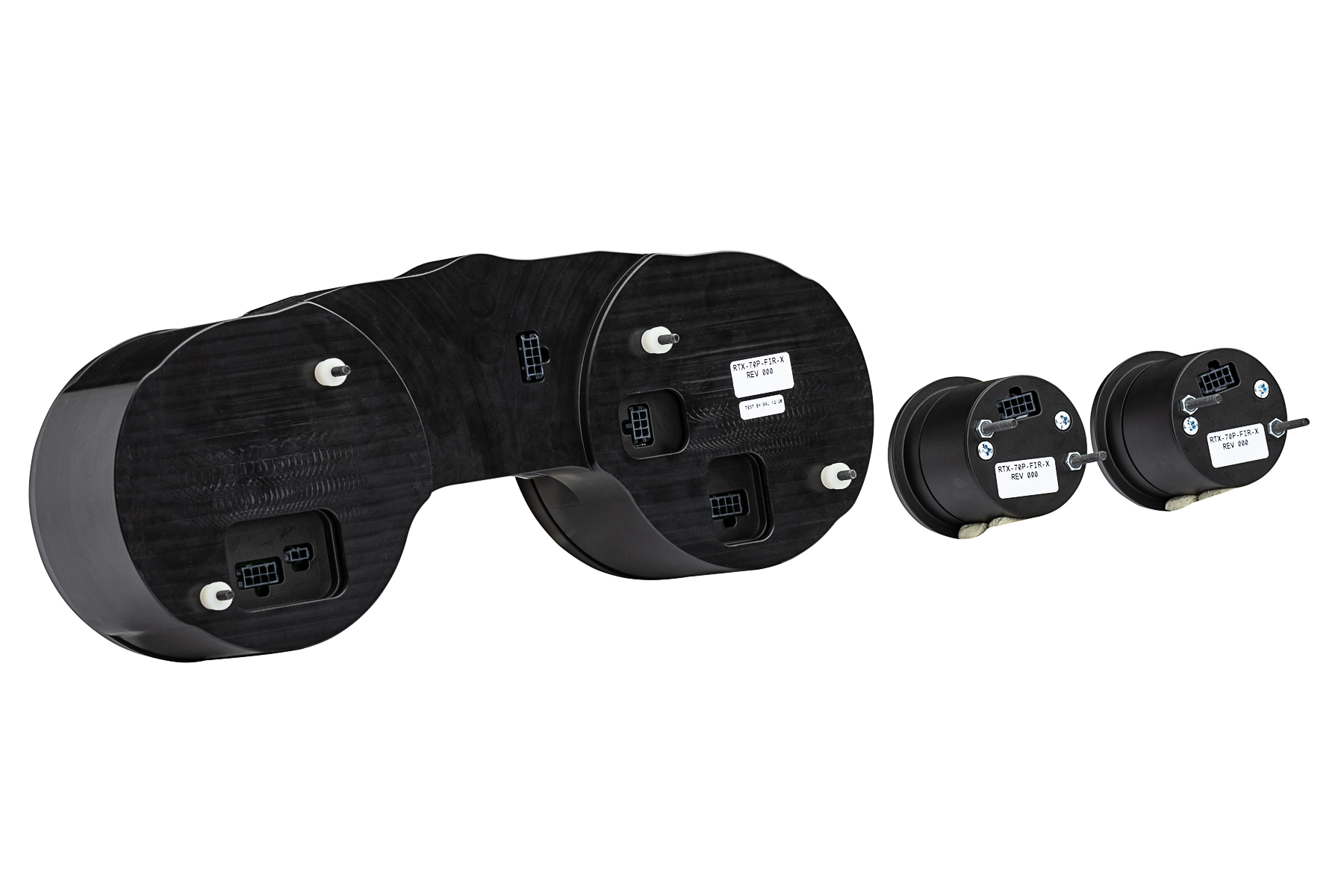There’s a lot of work that goes into an engine swap for a project vehicle. The actual act of stuffing a new powerplant into a different vehicle is just one part of the process. Another detail you need to address is how you plan on monitoring the engine’s vitals once it’s running again.
You could use the gauges that are already in the vehicle, but that instrument cluster might not have all the gauges you need. There’s a good chance you’ll also need some new gauges to monitor your fresh engine. We talked with Scott Johnson from Dakota Digital to get some tips from him about how to approach selecting new gauges for a project vehicle that’s received an engine swap.
Will you be using an OEM-style gauge cluster, or something totally new? These are the things you need to decide before you start your swap.
Tip 1: Start The Planning For The Instrument Cluster At The Beginning Of The Project
If you fail to plan, you’re planning to fail. The last thing you want to do is roll into an engine swap project and not have the majority of the details figured out before you begin. Having a plan lined up for the instrument cluster well before you’re ready to install it is important.
“There are many processes that should be taken into account early on. This makes the installation much simpler and will give you a better final product. Although some OE instrument clusters may be usable after an engine swap or EFI upgrade, there can often be extra steps and configurations for this to take place. It’s a common occurrence for us to receive feedback from a customer telling us that they are wrapping up an engine swap on their project, and have realized that the OEM cluster will no longer be compatible,” Johnson explains.
Having a plan in place for the instrument cluster will pay dividends later during the build. You can make sure that you have all the sensors you need for what you want to monitor, and that you have all the wiring required for the gauges you’ll need.
Tip 2: Know What You’re Discarding And What You’re Purchasing.
The old cut and rip method isn’t the best way to approach installing a new gauge cluster. You need to decide what you’re going to use, if anything from the current setup, so you don’t trash something you need.
“Before you pull the current engine and sell it or scrap it, be sure that your plan includes any repurposing of parts that may be needed. This might be as simple as mounting hardware such as brackets, but should also include any sort of wiring, connectors or vehicle-specific items which could make the future installation simpler, more thorough, or even less expensive,” Johnson says.
Don't just throw away all your old parts when you're working on a gauge swap. That simple connector you throw away could cost you a lot of time and money.
If you’re using a donor engine from another vehicle, that really amplifies the importance of knowing what you’ll need to recycle. There could be some critical parts that you need from the donor vehicle. So, saving as much as you can from the donor engine and vehicle will make the process easier.
“It’s easy to leave wire harnesses and connectors behind, but it can become a challenge, expense, and project delay to source any of these parts later. We see this often when a vehicle speed sensor in the transmission is missing the pigtail wire harness. This can lead to a whole new set of problems that will make it difficult to get your gauges to work,” Johnson states.
Tip 3: Match The Technology And Value Of The New Engine To An Instrument Cluster.
Your build might have an older instrument cluster that works great and matches the look you’re going for inside the car. The problem is, that instrument cluster might struggle to work with a newer engine package. The last thing you want is the instrument cluster to not alert you to possible internal engine issues.
“A new engine is a large investment, both in terms of time and money. The purpose of an instrument cluster is to gather the vitals of both the vehicle and the health of the systems within. Ensure that you are protecting this investment with a suitable product that is built specifically for that job. Repurposing an OEM cluster can be an option in some applications, but this is never a place to cut corners or use a product that isn’t proven. The older gauges just might not be able to give you accurate or correct information,” Johnson says.
The OEM gauges in your vehicle might not work with the new engine package you're installing.
The older instrument cluster might not even be compatible with the new technology found in modern engine control systems. This is why Johnson recommends you match your instrument cluster’s technology to the engine’s technology.
“Like the modern technology found in the LS/LT, Coyote, or HEMI platforms, the monitoring of them should be up to the same level. Microprocessor controls, solid-state sensors, precision stepper motors, and full LED backlighting are a few features that have become standard in late-model OEM vehicles, and for good reason. These are proven modern technologies which provide the best degree of precision, consistency, and usability for the driver.”
Tip 4: Use The Right Gauge For The Job.
There’s an insane number of gauges and digital dashes available today. You really can create something that’s totally unique and fits your build perfectly. With that being said, you still need to make sure you’re using the right type of gauge that fits your needs.
“When making a decision about new instrumentation, you’re typically going to decide between a digital or analog readout. Although a digital readout can provide more granular information, it does require constant mental interpretation of that data at each glance. On the other hand an analog readout on the other hand, provides slightly more coarse information, but displays this information within a range You know if something is hot or cold, empty or full, high or low, and so on with only a quick look. Glancing at the pointer that is with this range quickly tells you if there is anything to be concerned with, not requiring the interpretation of each reading each time,” Johnson explains.
EFI engines require a more robust gauge solution.
Tip 5: What You Need If You’re Moving To EFI.
EFI has become extremely popular as the fuel and induction system of choice for engine swaps. If your vehicle didn’t come with an EFI system from the factory, the gauges might not be equipped to handle working with the new technology.
“One step short of an engine swap is bringing your current platform closer to today’s technology with any number of EFI add-on systems. In terms of instrumentation, this is very similar to an engine swap, since the data being monitored is now originating from a new source. Dakota Digital offers a variety of add-on bridge modules, which allow the instrumentation to plug directly into the aftermarket EFI computer. The direct plug-in connection allows the user to share any sensor data which has already been acquired by the EFI system. This not only speeds up the installation, but results in reduced plumbing and wiring,” Johnson says.
Swapping out the gauges in your vehicle doesn’t need to be an intimidating process. If you put a solid plan together and have a clear idea of what you want to accomplish the process is much easier. The right gauges can not only make it easier to monitor what your newly swapped engine is doing, it can totally transform the look of your vehicle and take the project to a new level.




